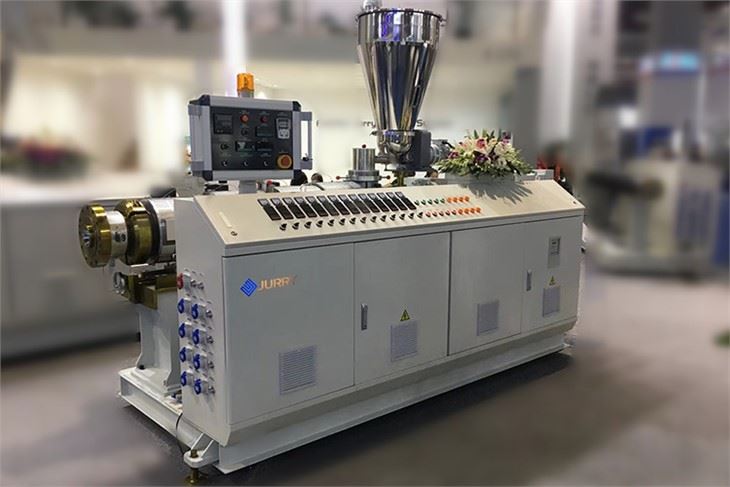
Parallel VS. Conical Twin Screw Extruder: What’s the Difference?
The rapid development of society has witnessed that extruder machines are an indispensable component in the manufacturing process. Twin-screw extruder machines, in particular, are heavily used in the plastics industry. The credit goes to its flexibility that permits the testing of several polymer formulations to achieve the desired results.
At the same time, there are different variations of twin-screw extruders in the market, which can help in mixing, compounding, and processing. When it comes to shape, there are two types: the parallel twin-screw extruder and the conical twin-screw extruder, which are also widely used. Since people are not familiar with these two twin-screw extruders, this article will guide you to clarify what they are and their differences.
What Are Parallel and Conical Twin-Screw Extruders?
We can divide the twin-screw extruders along the lines of parallelism or intersectionality of the axial line. When the axial line is parallel, it is the parallel twin-screw extruder. On the other hand, it remains the conical twin-screw extruder when the axial line intersects.
Parallel Twin-Screw Extruder
The two screws have a small size center distance that limits the space for the radial, thrust bearings, and the associated transmission gears in the transmission gearbox. The parallel twin-screw has the upper wind of the aspect ratio of the plasticity. It can boost and reduce the aspect ratio to satisfy the requirements of the plastic process depending on the difference in molding conditions. Meanwhile, it can extend the application range of the parallel twin-screw, though it is not achieved through a conical twin-screw.
Conical Twin-Screw Extruder
The barrel at an angle embraces the two axes, while the arrangement of two conical screws remains horizontal. The center distance of the two axes progressively increases from the smaller end to the larger one. The result of this increment is a considerable center distance between the two output shafts of the gearbox. Furthermore, there is plenty of installation space for radial, thrust bearings, and associated gears in the transmission gearbox. To mention that, the larger area of the conical twin-screw extruder allows sizeable thrust bearings and radial bearings, which results in large working torque and load capacity. Thus, the huge working torque and large load capacity are significant features of the conical twin-screw extruder, making it unmatchable.

Differences between Parallel and Conical Twin-Screw Extruders
- Diameter
The diameter of the parallel twin-screw is the same when it comes to its head and tail. However, there is a difference in diameter between the small end and the large end of the conical twin-screw. In simple words, its center distance is the same when it comes to the parallel twin-screw. On the other hand, the center distance of the conical twin-screw changes along the axis because its two axes show an included angle.
- Application
Compared to the conical twin extruder, the parallel-twin extruder has more applications. It consumes less power, saves more labor, and ensures longer service life. The parallel-twin extruder has about 1.7 times more output than the conical twin extruder.
With the above explanation, it is clear that the difference in screw barrel geometry explains the difference between conical twin-screw extruders and parallel twin-screw extruders. It is worth noting that the given difference leads to many differences in structure and performance. However, one thing you should bear in mind is that they have the same advantages:
- Good mixing and plasticizing ability.
- High dewatering capacity.
- High adaptability to the molding process of plastic products.
Best Place to Buy Parallel and Conical Twin-Screw Extruders
You are at the right place, given that you are up to buying supreme-quality, energy-efficient, reliable, safe, and people-oriented parallel or conical twin-screw extruders. Boyu is the go-to company when it comes to double screw extruder machines. Several companies have chosen Boyu to produce a range of products since it puts strenuous effort into research and development. Its experts are fully competent in customizing the equipment for processing different types of plastic materials, including PVC, PP, CPVC, PE, and a range of engineering plastics. Boyu ensures you get a befitting solution matching your requirements.
If you want to get more about Boyu, please don’t hesitate to contact its experts, and they can assist and guide you to solutions to your problems to optimize production performance.




